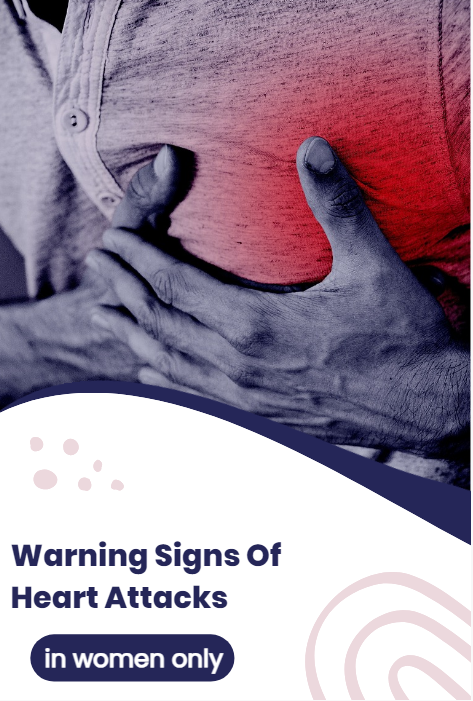Upon arriving at the hospital, medical professionals will conduct a series of tests and evaluations to determine the cause of the symptoms and the appropriate course of action. These may include:
- Physical Examination: A physical examination will help medical professionals assess vital signs, check for any visible signs of stroke, and evaluate neurological functions.
- Imaging Tests: Imaging tests such as CT scans or MRIs can provide detailed images of the brain, helping to identify any abnormalities or blockages.
- Blood Tests**: Blood tests may be conducted to measure cholesterol levels, blood sugar levels, and other factors that can contribute to stroke risk.
- Electrocardiogram (ECG): An ECG measures the electrical activity of the heart, helping to identify any irregularities or conditions that may have contributed to the stroke.
Based on the results of these tests, the medical team will develop a treatment plan tailored to the individual’s condition. Treatment options may include medication to dissolve blood clots, surgical interventions to remove blockages, or rehabilitation therapies to regain lost function.


